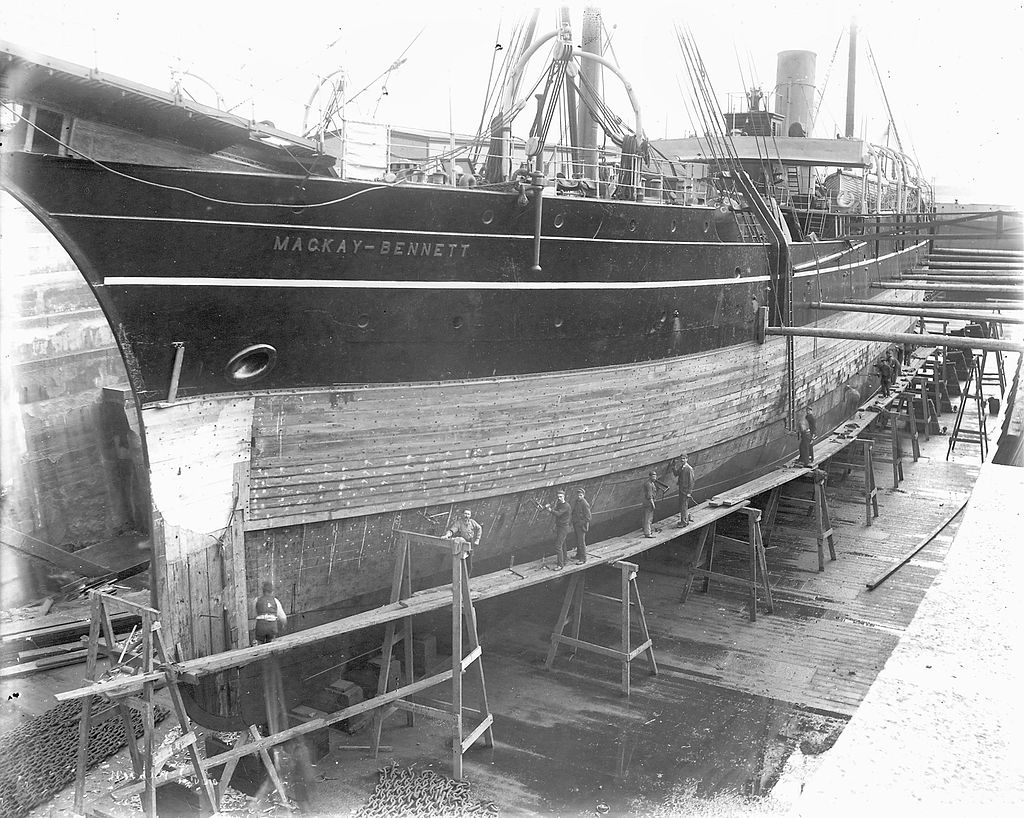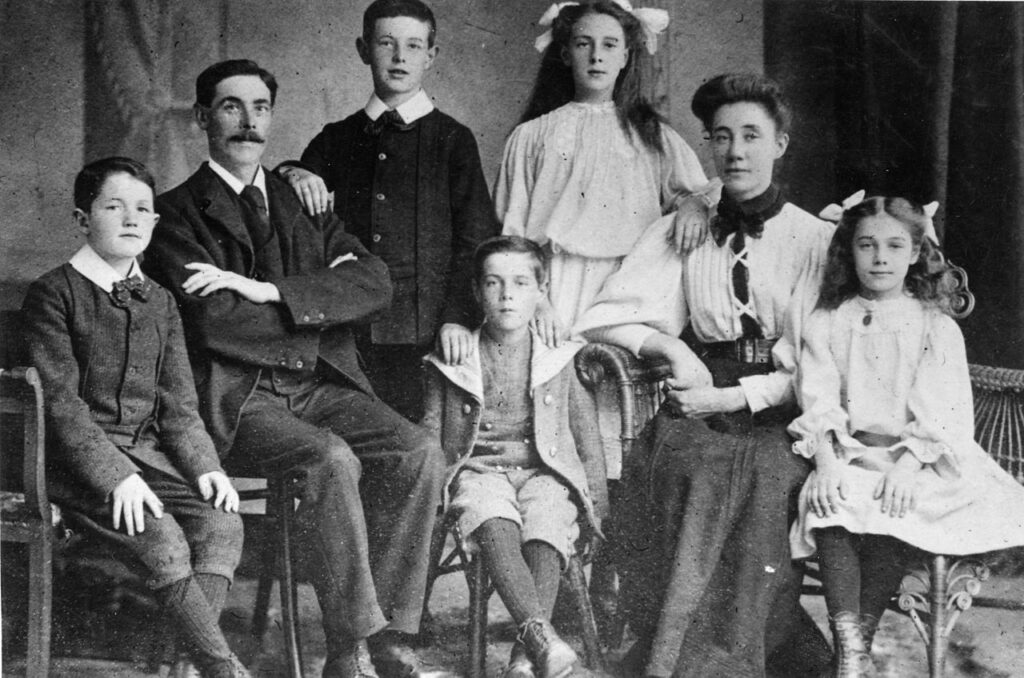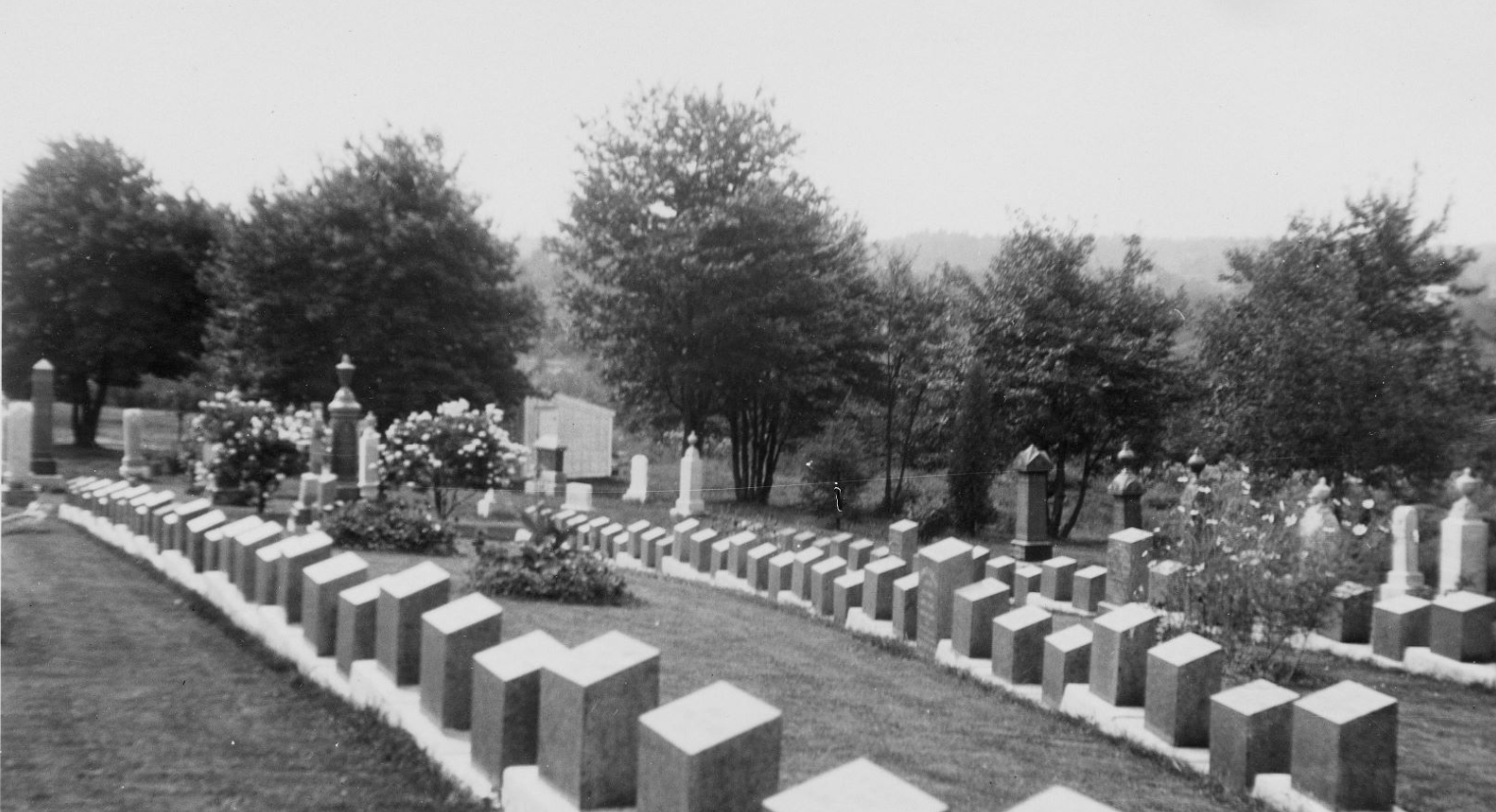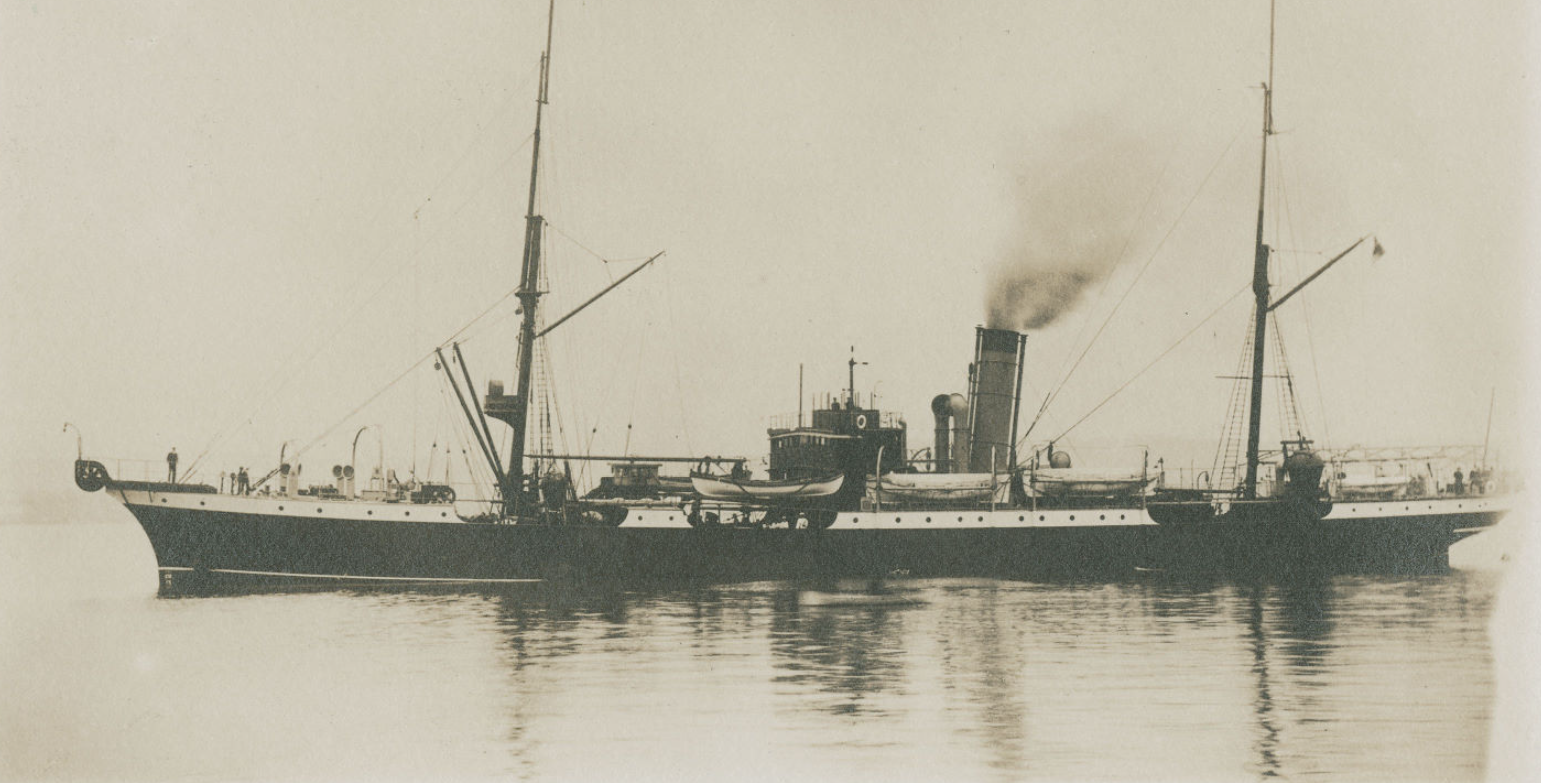The Grim Task of the Mackay Bennett
Almost two weeks to the day after the Titanic disappeared beneath the icy, glassy surface of the North Atlantic, the gruesome journey of those she left in the water as she sank began to come to a conclusion.
The cable ship (CS) Mackay-Bennett, having set out from Halifax, Nova Scotia, on 17 April. After battling stormy seas and fog, the small vessel arrived at the site of the disaster and began the recovery of bodies on 20 April. She would eventually recover 306 of the bodies eventually recovered, by far the majority.
Having put to sea with Canon Kenneth Cameron Hind to oversee burial services, John R. Snow, Jr. to handle embalming duties, 100 coffins, 100 long tons of ice, and the requisite supplies, Mackay-Bennett’s task was fraught. Of her 306 recovered bodies, 116 would be buried at sea, with only 56 of these identified before this burial. She returned to port with 190 bodies aboard, far above her capacity and what she had been supplied to care for.
Among the bodies that were landed at Halifax on the morning of 30 April were John Jacob Astor IV, the wealthiest of Titanic’s passengers, Wallace Hartley, the ship’s heroic band leader and violinist, who was recovered with his instrument and music strapped to him, Isidor Straus, the owner of Macy’s Department Store who had elected along with his wife to stay aboard the sinking liner, and, most poignantly, the body of a then-unidentified small child who has since been identified as 19-month old Sidney Leslie Goodwin, whose entire family had perished in the sinking.


Mackay-Bennett’s crew received a $100,000 reward for recovering Astor’s body, which they split amongst themselves and then paying for the burial and headstone of Sidney Leslie Goodwin. Goodwin’s funeral was well attended as the story of “Our Babe,” as the crew referred to him, had greatly affected the city.
The Mayflower Curling Club in Halifax became the scene of great sadness as family members arrived to examine and identify their loved ones. It was here, so far from the scenes portrayed on film, where so many of Titanic’s personal stories reached their melancholy climax.
In total, 209 bodies were eventually brought to Halifax. Of these, the city still has 150 victims resting in three cemeteries. Today, their graves stand as a silent reminder of the great human toll of the tragedy which took the lives of 1,496 souls.



